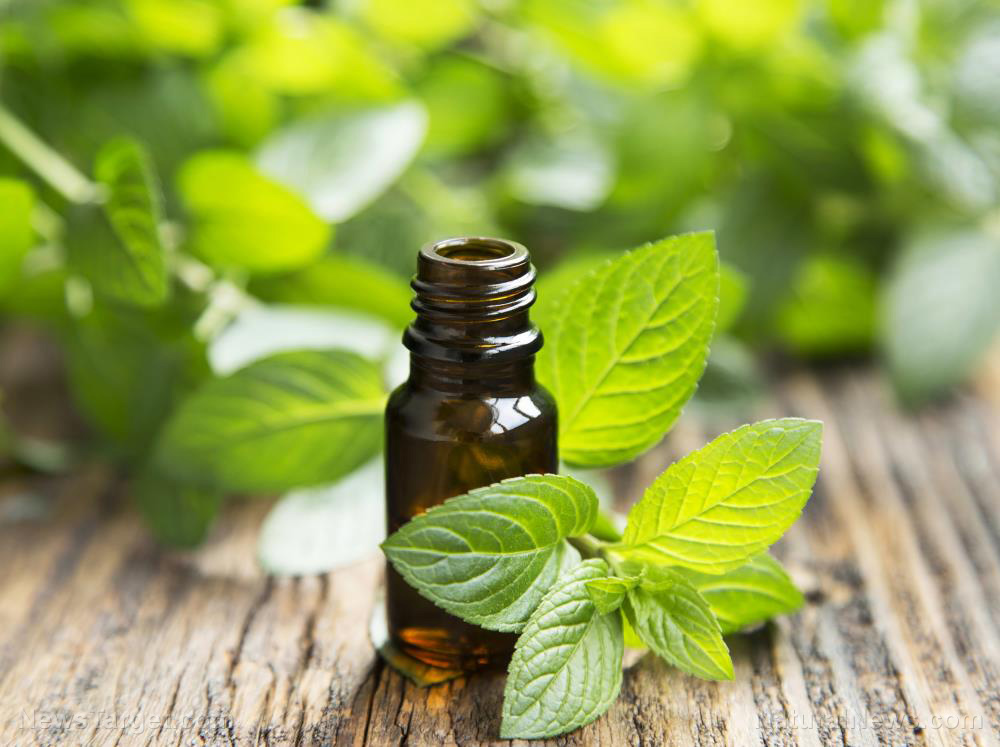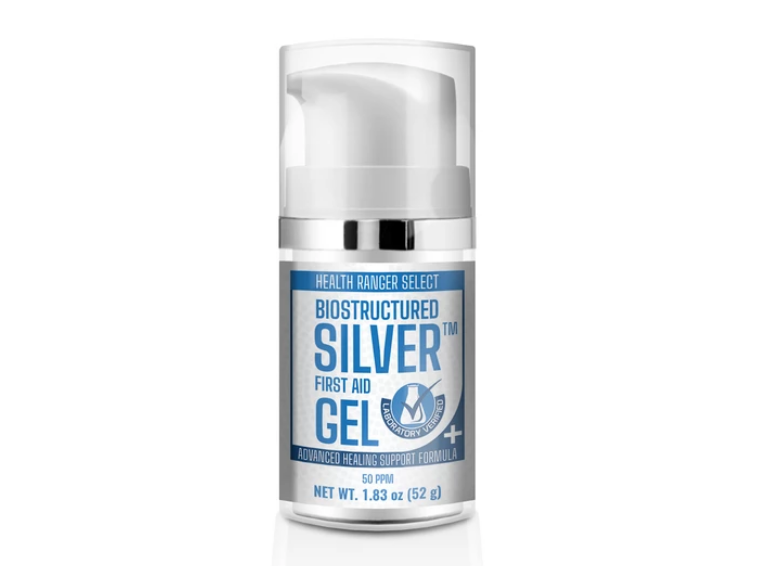Nutritious weeds: Sorrel is a common perennial herb that offers benefits for respiratory health
04/23/2018 / By Ralph Flores

Most people are quick to dismiss certain plants as weeds, just because they seem unsightly at first look. Such is the case of the sorrel plant, with its pallid stems and its spear-shaped leaves, that are considered unwelcome in some gardens. That’s just too bad, really, as the sorrel plant could be used to treat respiratory infections and other diseases.
In terms of nutrient content, the sorrel plant can hold its own among other leafy greens. It contains essential vitamins and minerals – including vitamins A and C, potassium, magnesium, calcium, and iron. Vitamin A helps with healthy vision and bone growth and develops a robust immune system. Meanwhile, vitamin C is vital in collagen synthesis for bone development. The most abundant minerals in the body – sodium, potassium, and magnesium – also lend a hand in fluid and electrolyte balance to stave off dehydration. Finally, calcium is an essential mineral for skeletal development, while the iron in the sorrel ensures adequate oxygen delivery through the blood as well as DNA synthesis. (Related: Twenty herbs that are proven to be effective in treating cancer and combating side effects of chemotherapy and radiation!)
The many uses and benefits of the sorrel plant
Throughout history, the sorrel plant has been utilized in various ways – indeed, sorrel has been used anywhere from a fragrance to a staple ingredient in French dishes. It has also been used as a medicinal plant, in particular, to as a laxative and a topical treatment for skin conditions, sore throat, and even warts, thanks to its acidic, astringent, and cooling properties. The leaves, especially, is used as a diuretic to induce water discharge and manage fevers. It has also been used to treat vitamin C deficiencies like scurvy, as well as constipation, cramping, and diarrhea. The seeds possess astringent properties, which can be used to treat hemorrhages. Currently, sorrel is a staple in some exclusive herbal medicinal remedies designed to treat sinusitis and bronchitis, among others.
Sponsored: NEW Biostructured Silver First Aid Gel created by the Health Ranger combines three types of silver (ionic silver, colloidal silver, biostructured silver) with seven potent botanicals (rosemary, oregano, cinnamon and more) to create a breakthrough first aid silver gel. Over 50 ppm silver, verified via ICP-MS lab analysis. Made from 100% Texas rain water and 70% solar power. Zero chemical preservatives, fragrances or emulsifiers. See full details here.
Studies on the plant also proffered a positive outlook, especially when it comes to digestion, treating infections, its use as a topical skin treatment, and its ability to prevent the spread of malignant cells. In particular, one study stated that the traditional application of the sorrel plant was able to attenuate stomach discomfort, as well as relax gastrointestinal contractions.
Other studies, meanwhile, identified the astringent effect of tannins in the sorrel plant as a protective agent against upper respiratory tract infections.
A delicious way to prepare sorrel
One of the issues that people have with sorrel is its overpoweringly sour taste. However, once it’s cooked with a slice of meat like chicken, the flavors from both ingredients complement each other nicely to provide a perfect balance.
Chicken with Sorrel
What you will need:
- 2 tablespoons of butter or extra virgin olive oil
- 1 2 1/2- to 3-pound chicken, cut into pieces
- Salt and pepper, to taste
- 1 large onion, peeled and cut into 1/4 inch slices
- 6 cups of loosely packed sorrel, trimmed and washed
How to do it:
- Heat butter in a large skillet. When it starts to melt, swirl it around to coat the pan.
- As soon as the butter starts to brown, add the chicken, skin side down. Cook the meat thoroughly, rotating it after three or four minutes to ensure an even brown cook.
- Once the skin side browns, sprinkle them with salt and pepper and turn them over. Remove the chicken once its evenly browned all over.
- Add onion to the pan and cook until they start to soften. Add 1/2 cup water and cook for a minute, making sure to stir occasionally until it is reduced. Return chicken to pan, turn heat to medium-low, and cook, covering the pan for about 10 minutes.
- After 10 minutes, add sorrels into the pan, and cover the pan again for another 10 minutes, stirring occasionally if needed.
- Once the chicken is cooked through, serve hot with rice or crusty bread.
Learn even more benefits of sorrel by following Food.news today.
Sources include:
Tagged Under: alternative medicines, alternative therapies, antioxidants, folk medicine, food as medicine, food science, good diets, good nutrition, herbal medicine, herbal remedies, herbal treatment, Herbs, medicinal plant, natural cures, natural medicine, natural remedies, proper diet, proper nutrition, recipes, Rumex acetosa, skin condition, Sorrel
RECENT NEWS & ARTICLES
Herbs.News is a fact-based public education website published by Herbs News Features, LLC.
All content copyright © 2018 by Herbs News Features, LLC.
Contact Us with Tips or Corrections
All trademarks, registered trademarks and servicemarks mentioned on this site are the property of their respective owners.



















